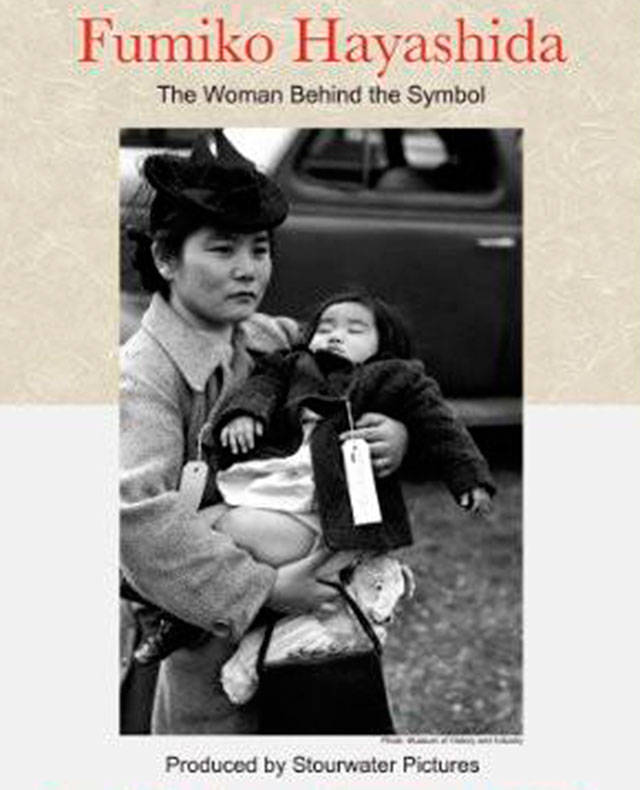Thursday’s slate of events for the 75th anniversary of the first forced removal of Japanese Americans in World War II on Bainbridge Island will include a screening of a curated series of short, award-winning films centered on the subject of the Japanese American exclusion and incarceration. All of the documentaries were produced by Bainbridge Islanders, and will be shown at the Bainbridge Island Museum of Art, 550 Winslow Way East.
A brief Q&A with filmmakers and participants will follow each film.
The lineup:
4 p.m. “The Red Pines”
The first-person story of the struggle of Japanese-American immigrants on Bainbridge Island and the legacy of their culture in the present-day community.
From the story of Zenhichi Harui, a Japanese immigrant who came to Bainbridge Island in 1908, to the restoration of the family nursery business by his son, Junkoh, the film traces the obstacles overcome by the Japanese pioneers and their families.
Bainbridge Island represented a unique opportunity for the Japanese immigrants, with a multicultural community that tolerated diversity. Even so, from the laws preventing Asians from purchasing land to the exclusion during World War II, the Japanese-Americans had to exert an extraordinary amount of spirit and hard work to prosper.
The film was produced and directed by Lucy Ostrander and Don Sellers of Stourwater Pictures for IslandWood.
4:30 p.m. “Woman Behind the Symbol”
Exclusion Order No. 1, authorizing the first forced removal and exclusion during World War II, targeted the 276 Japanese Americans living on Bainbridge Island. One of them was 31-year-old Fumiko Hayashida, a pregnant mother of two.
As they waited to be taken off the Island by armed military escorts, Fumiko, holding her 13 month-old daughter Natalie Kayo, was photographed by the Seattle Post-Intelligencer newspaper. The iconic image has become a world-wide symbol of the WWII exclusion and incarceration experience, and the film reveals how that chance photograph became the impetus for Fumiko to publicly lobby against the injustices of the past.
The documentary was produced and directed by Lucy Ostrander and Don Sellers of Stourwater Pictures for IslandWood.
5 p.m. “After Silence”
This film focuses on the forced removal and incarceration of Japanese Americans from Bainbridge Island as recounted through the perspective of Dr. Frank Kitamoto, who was a child during World War II.
The story is told through interaction between Kitamoto and a small group of high school students from Bainbridge High School as they develop archival photographs from the incarceration and discuss its relevance to post 9/11 America. The film ends with the 2002 dedication of a memorial and plaque marking the site of the Bainbridge Islanders’ departure.
“After Silence” was produced by the Bainbridge Island Historical Society as part of an exhibition on the community’s World War II experience. Created by filmmaker Lois Shelton.
6 p.m. “Visible Target”
The story of the forced removal of Japanese Americans from Bainbridge Island, and the Bainbridge Review publisher/editors Walt and Willy Woodwards’ lonely fight against it.
Cris Anderson and Bainbridge Islander John de Graaf produced “Visible Target”in 1985 for Seattle public television station KCTS, later broadcast around the nation, making it one of the earliest documentaries to tackle the exclusion and incarceration of Japanese Americans.
The film also profiles Walt and Milly Woodward of the Bainbridge Review, among the only West Coast journalists who opposed the treatment of Japanese Americans and features rare interviews with them.



